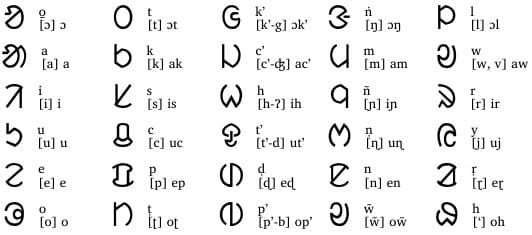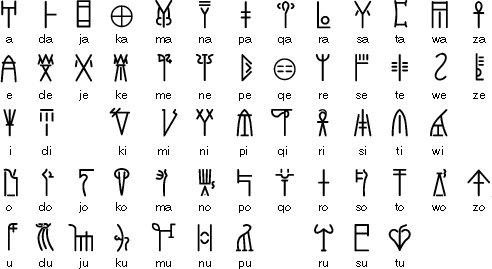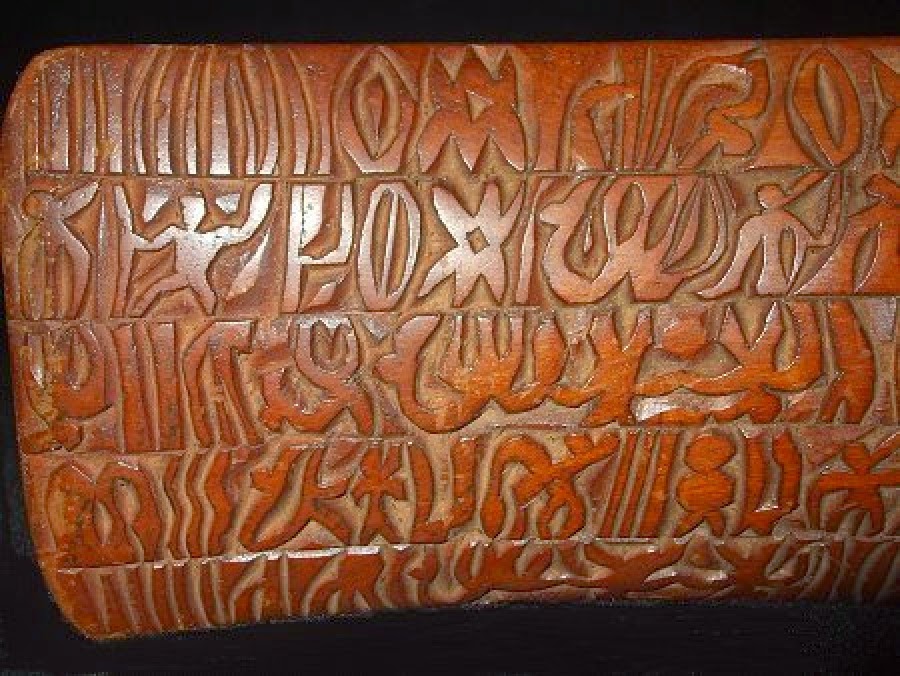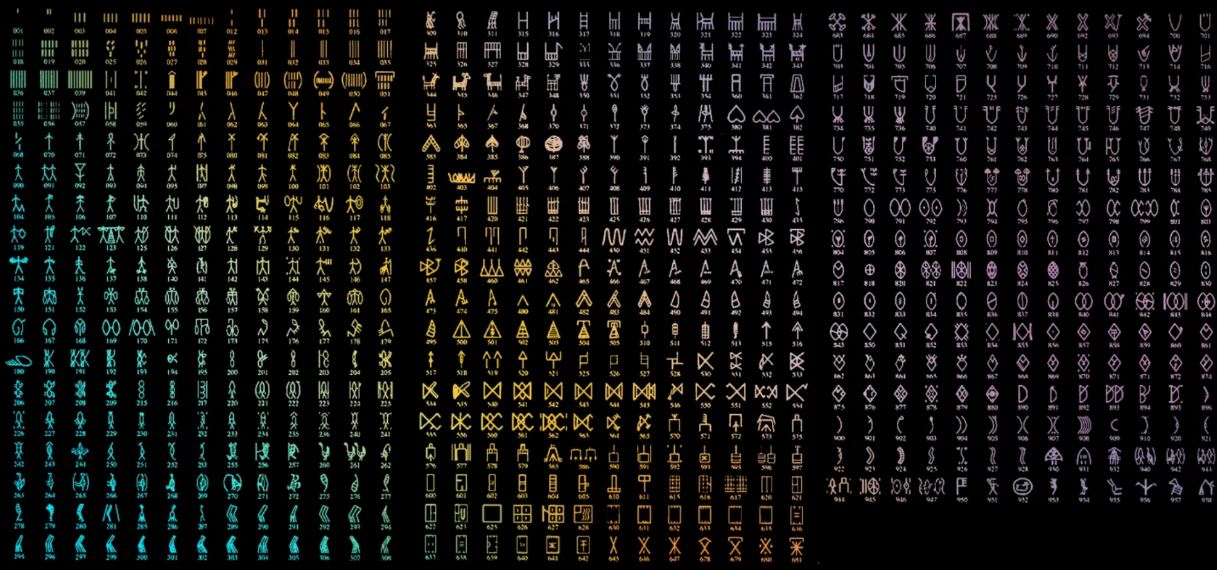Quiz: Tales from The Script
Second part of a quiz on the way languages are written
The first part of this quiz can be accessed here: Quiz 1
5. With a written tradition dating back to the 13th century CE, the Ahom language is a branch of the ancient Tai language that was used in south-east Asia. It was the state language of the Ahom Kingdom that was in existence from the 13th to the 19th century CE.
(a) Which present-day Indian state gets its name from the fact that it was the major site of the Ahom Kingdom?
6. This [Pic 5] is the Ol Chiki script. It was devised in 1925 by writer and teacher Raghunath Murmu (1905-1982), who was from what used to be Mayurbhanj State (now a part of Odisha). He created it to provide a writing system for a Munda language spoken mainly in the states of Jharkhand and West Bengal, and also to a minor extent in northwestern Bangladesh, eastern Nepal and Bhutan.
(b) Which language, derived from the name of a tribal group, is Ol Chiki – also known as Ol Cemet’, Ol Ciki, or just Ol – used to write?

Pic 5
7. Linear A and Linear B [Pic 6] are two scripts used by two ancient cultures: the Minoans and the Mycenaeans. Undeciphered despite studies over a couple of centuries, they were thought to be alternative writing systems for the same language. Till, in the 1970s, Michael Ventris, a British architect and amateur language enthusiast, figured out that Linear B was an early written form of Greek. Other scholars attempted to apply methods adopted by Ventris to Linear A, but it became clear that the latter was not another Greek script, but a different language altogether. Linear A remains undeciphered to this day.
(c) On which Mediterranean island – home in Greek mythology to the half-man half-bull Minotaur – did the Minoan and Mycenaean cultures exist between 3100 BCE and 1100 BCE?

Pic 6
8. Rongorongo [Pic 7] is the name given to a set of symbols originally found carved on stones and a few wooden objects in the homes of islanders on what the locals call Rapa Nui. It is particularly unusual in that it is written in ‘boustrophedon’ (Greek for ‘as the ox plows’, meaning alternate lines read from left to right and right to left. Rongorongo consists of about 120 symbols and remains undeciphered. There are even uncertainties on whether it’s a script, a memory aid for an oral narrative or even purely decorative.
(d) The island of Rapa Nui, where Rongorongo was used, is better known to the world by an English name that was given to it by Europeans to commemorate the Christian holiday on which they first sighted it. The most remote land mass in the world (it’s in the middle of the southern Pacific Ocean), what is its English name?

Pic 7
9. Closer home, this [Pic 8] is another undeciphered set of symbols. There is a lot of debate in linguistic circles on whether they even constitute a script, or whether they are simply non-language symbols depicting objects and ideas.
(e) In the ruins of which civilisation were these symbols unearthed between 1875 and the end of the 20th century?

Pic 8
Answers
5(a) Assam
6(b) Santhali
7(c) Crete
8(d) Easter Island
9(e) The Indus Valley Civilisation
References
• Ahom
https://www.omniglot.com/writing/ahom.htm
https://www.lastwhispers.org/ahom
• Ol Chiki
https://www.omniglot.com/writing/olchiki.htm
• Linear A and B , Rongorongo, and other undeciphered scripts
https://www.babbel.com/en/magazine/6-lost-languages-and-scripts-that-have-not-yet-been-deciphered
• Indus Valley script
https://www.theverge.com/2017/1/25/14371450/indus-valley-civilization-ancient-seals-symbols-language-algorithms-ai

